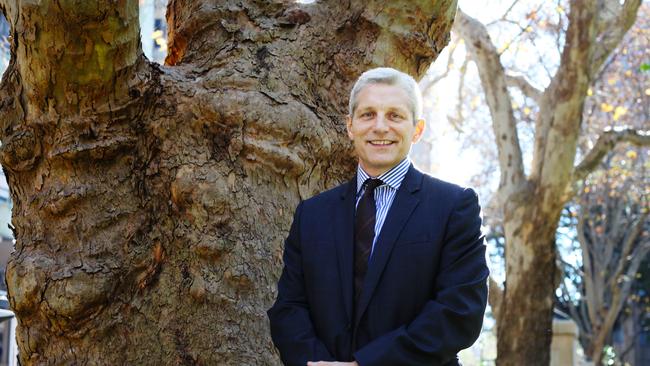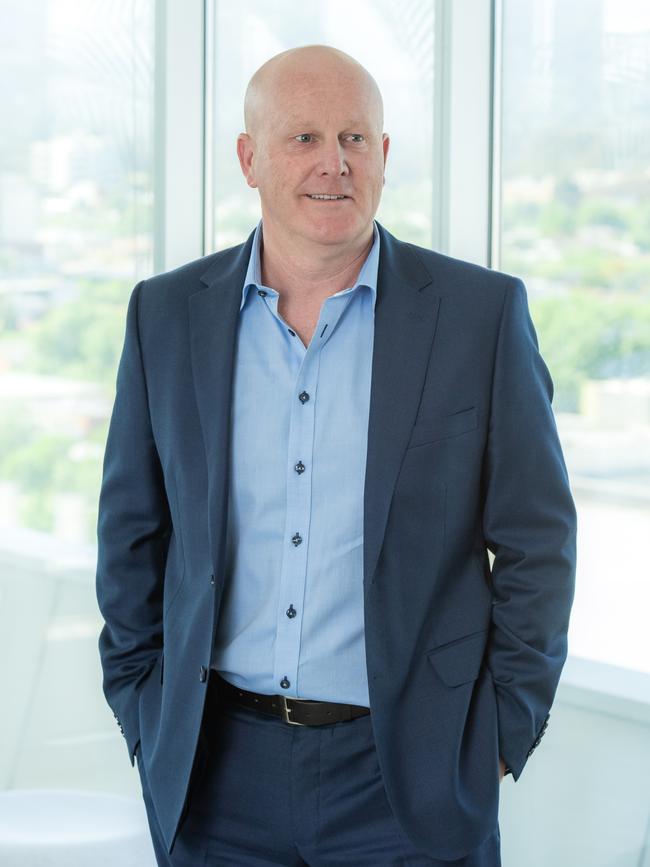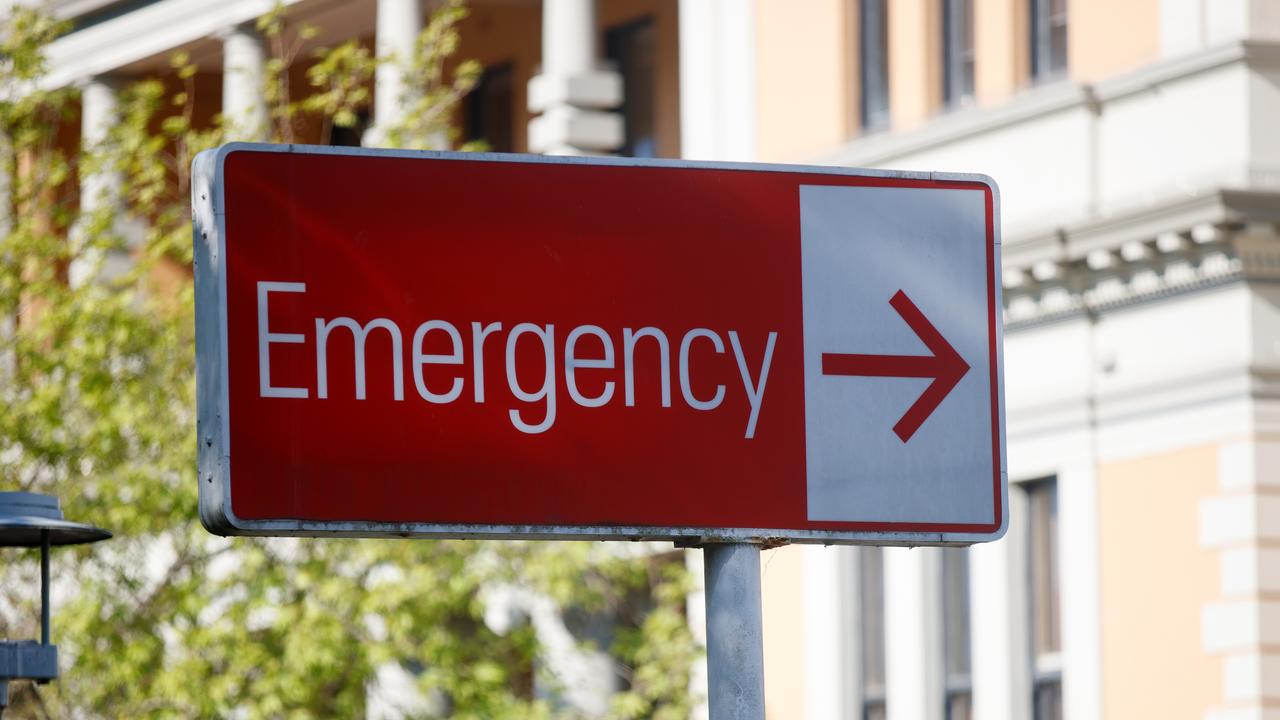Life insurance’s pandemic power-up continues as people prioritise
The pandemic produced a change in thinking around health and family protection, making life insurance a winner.

National
Don't miss out on the headlines from National. Followed categories will be added to My News.
Households hit by high living costs are cutting back on groceries, phone bills and transport ahead of slicing into their life insurance, amid a post-Covid focus on health and asset protection.
New research from life insurance company NobleOak has found more than 40 per cent of people are concerned about their current financial situation, with the economy and cost-of-living pressures their key source of pessimism.
People are prioritising life insurance more than a majority of household expenses, and are more likely to hold life cover than before 2020, NobleOak’s Life Insurance Pulse Report says.
“In 2019, life insurance was fifth on the list of things people would cut but in this most recent survey it had moved to 11th place after grocery costs,” it says.

Mobile phone usage, savings, education, entertainment, health and fitness, holidays and transport expenses would all get the chop before life cover, it found.
The trend comes as premiums for death, disability, income protection and trauma insurance continue climbing, although not at the same pace as home, contents and car cover in the past year.
The report says half of Australians think there is more risk to their job or personal financial situation than a year ago, 45 per cent are concerned about their health, and the impact of Covid-19 is lingering.
NobleOak chief executive officer Anthony Brown said people became more risk-averse in times of economic uncertainty.
“They think about what things could potentially go wrong,” he said.
“The perceived risk of not having life insurance is more severe than the consequences of cutting back on short-term spending (such as food and phone costs).
“People realise you can save money and eat economically but still eat well. Phone usage is very high and there are definitely savings that can be made without negatively impacting your lifestyle.”
Mr Brown said during the pandemic “people became a lot more aware of the risks associated with unexpected events and were thinking more about their mortality”.
Perks Private Wealth insurance director Eddie Bell said some people with a high need for life cover – such dependent children, debt and school fees to pay – were adjusting their spending to retain cover.
“Disability insurance pricing, in particular income protection, has risen significantly over the past five years,” he said.

“The range of increases has been anywhere from 25 per cent to 92 per cent depending on the insurer.”
Some people were “stuck” in an expensive policy because their health had deteriorated since they started it, Mr Bell said.
Insurance remains a vital part of asset and wealth protection, and many people still don’t have enough.
Mr Bell said “I have been in this profession for close on 30 years and underinsurance has been a constant theme across Australia”.
A lack of education was a key reason, he said, and also why some people had too much cover – such as people in their mid-50s with children still living at home but no longer financially dependent on mum and dad.
NobleOak’s Mr Brown said older people now had more debts than previously “and the average age of people taking out cover is increasing”.
“A lot of people think they’re covered by their superannuation fund but often the amount of cover in those funds is far less than what they imagined,” he said.
More Coverage
Originally published as Life insurance’s pandemic power-up continues as people prioritise





